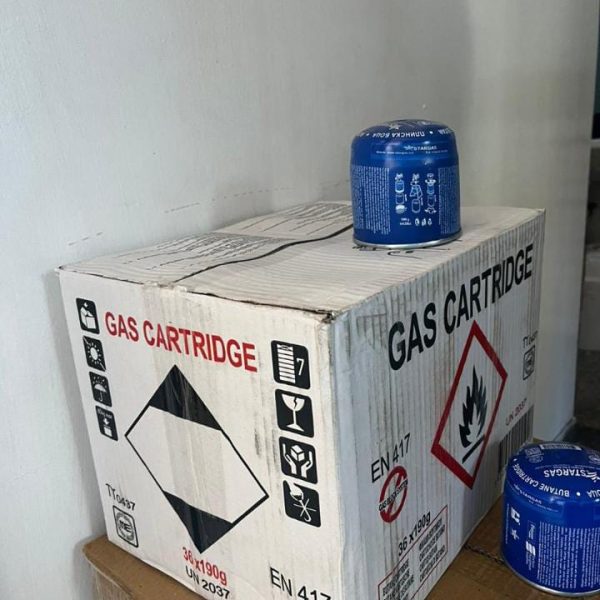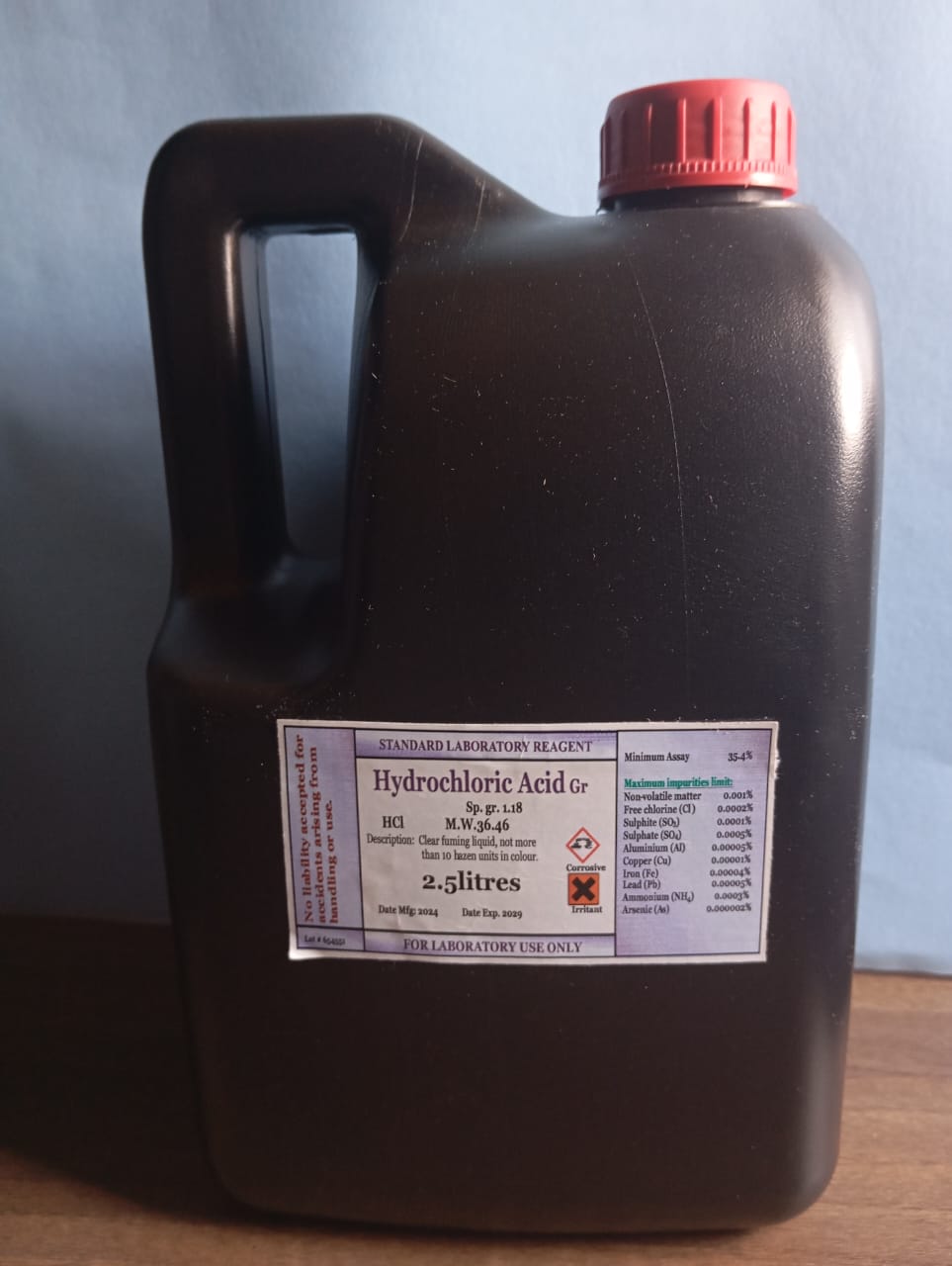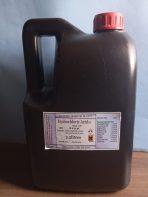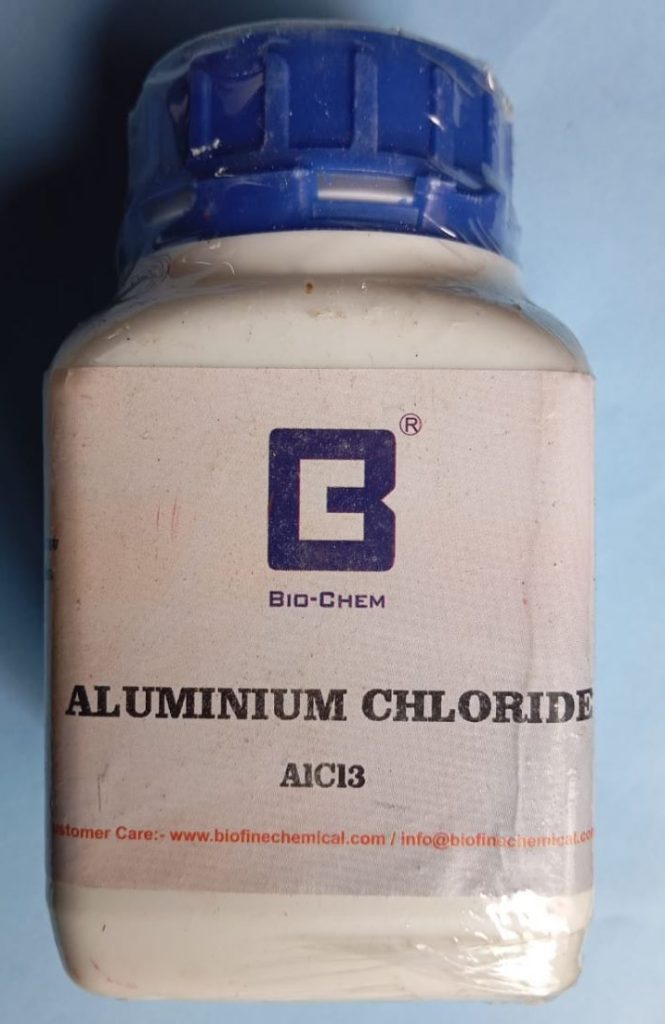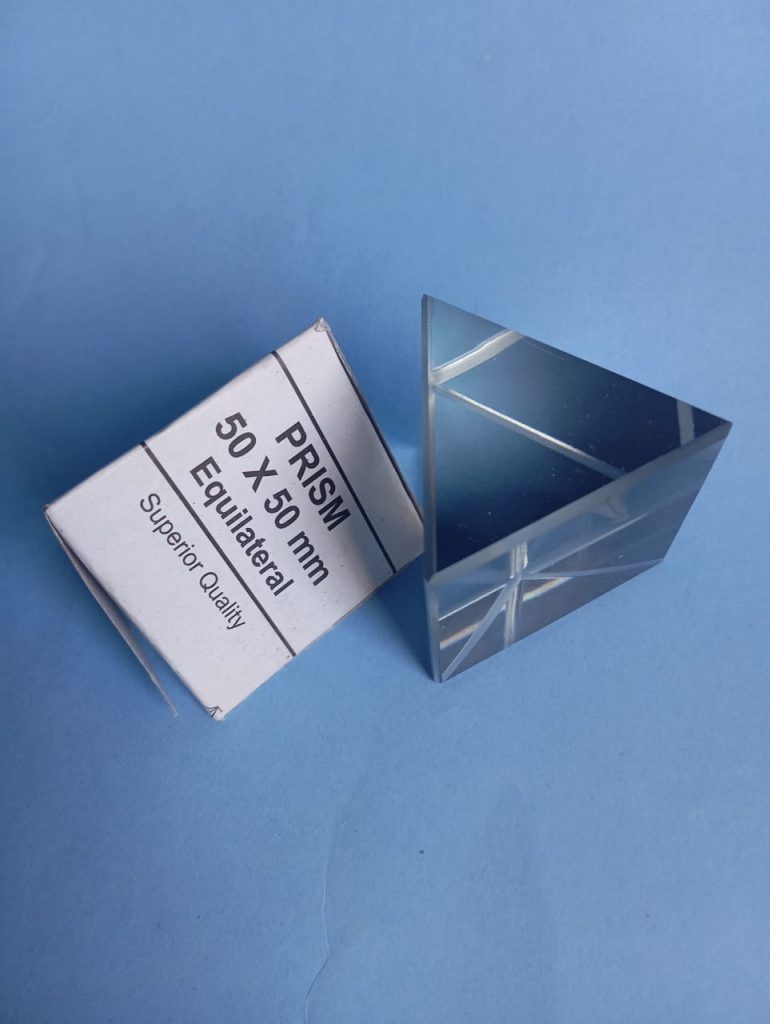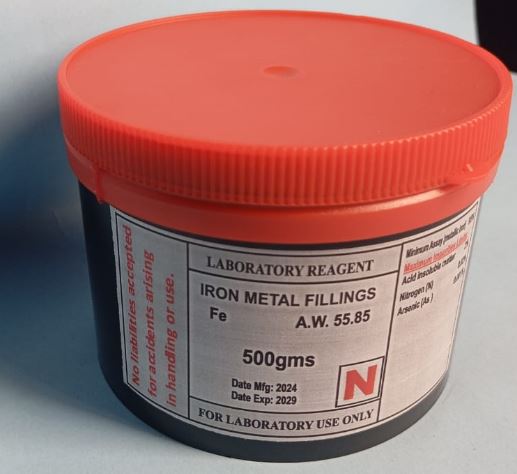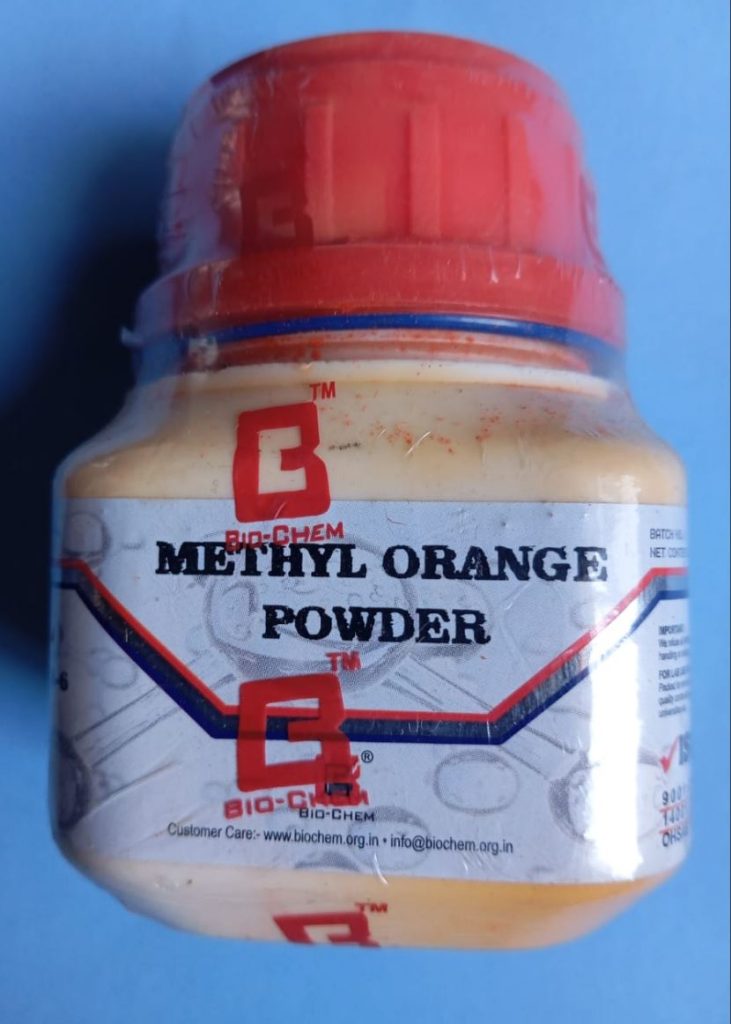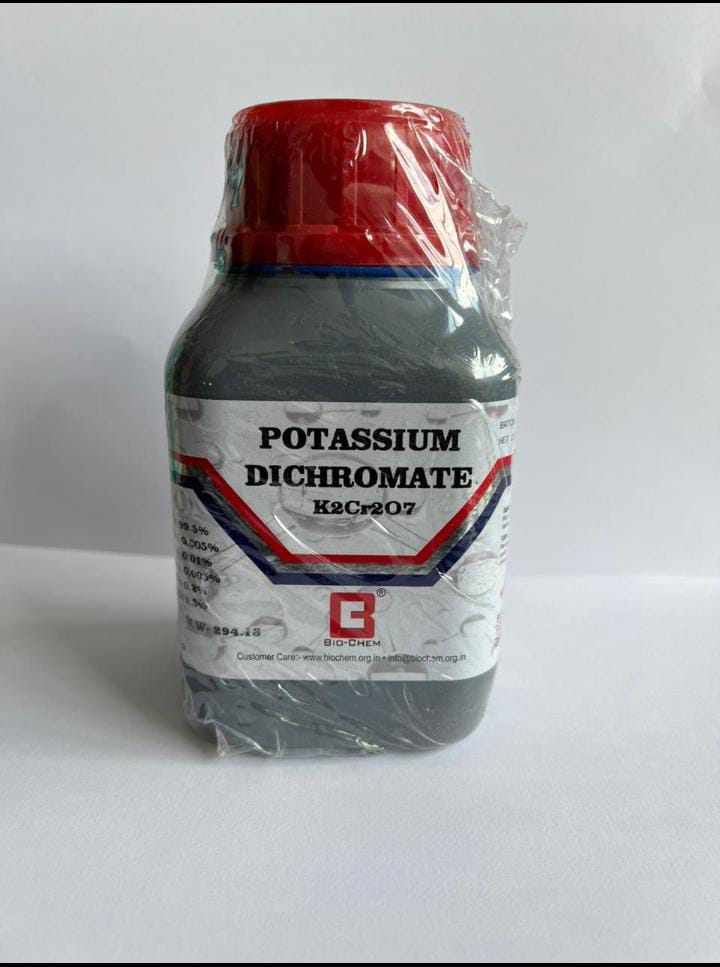Hydrochloric Acid (HCL) – 2.5 Litres
Key Features:
-
Chemical Formula: HCl.
-
Concentration: Commercially available in concentrated form (about 37% HCl) or in diluted solutions.
-
Appearance: A clear, colorless liquid with a strong, sharp smell due to the release of hydrogen chloride gas when it reacts with air.
-
Properties: It is a strong acid, highly corrosive, and can dissolve many metals. When concentrated, it is highly reactive, producing toxic fumes.
-
Boiling Point: It has a low boiling point of about 110°C (when concentrated).
Use in Laboratory:
-
Acid-Base Reactions: It is commonly used in titrations to determine the concentration of bases.
-
Cleaning Agent: Due to its corrosive nature, it is used to clean metal surfaces, such as in removing rust (as pickling acid in metal industries).
-
Chemical Synthesis: In the preparation of chlorides, organic compounds, and for the production of other chemicals.
-
pH Adjustment: Used to lower the pH of solutions in various chemical processes and to prepare acid solutions for catalysis.
Industrial Use:
-
Production of PVC: Used in the production of polyvinyl chloride (PVC) and other plastics.
-
Refining Metal: It is involved in the refining of metals, especially in the production of iron and steel.
-
Water Treatment: Used for pH control in water treatment plants.
Safety:
-
Highly corrosive, can cause severe burns to skin and eyes.
-
Toxic Fumes: Releases hydrogen chloride gas when exposed to air, which can be harmful to respiratory health.
-
Always use protective equipment (gloves, goggles, acid-resistant clothing) and work in a well-ventilated area or a fume hood.
Hydrochloric acid is an essential industrial and laboratory acid with a broad range of applications, from chemical synthesis to cleaning and metal treatment, due to its strong acidic and reactive properties.


